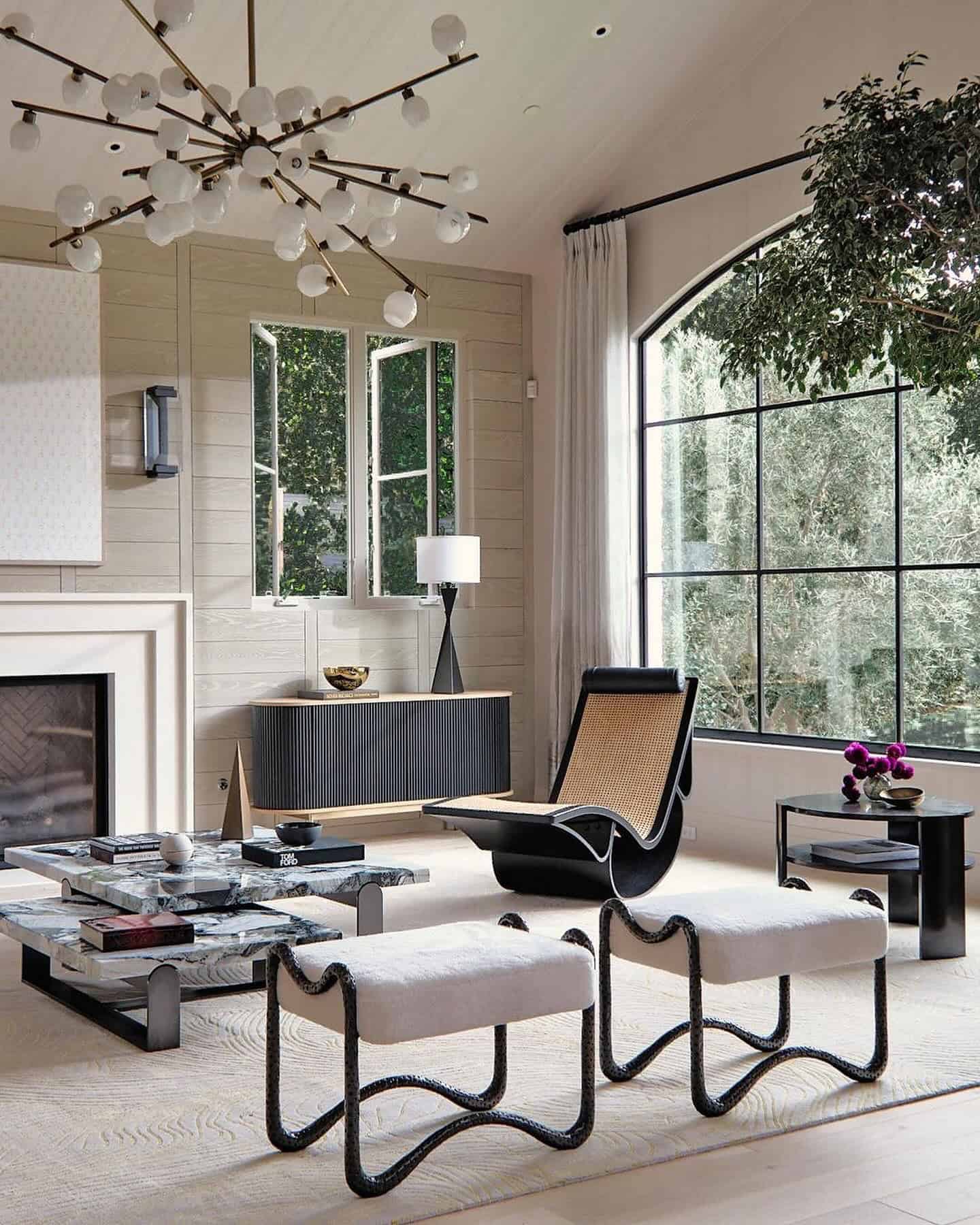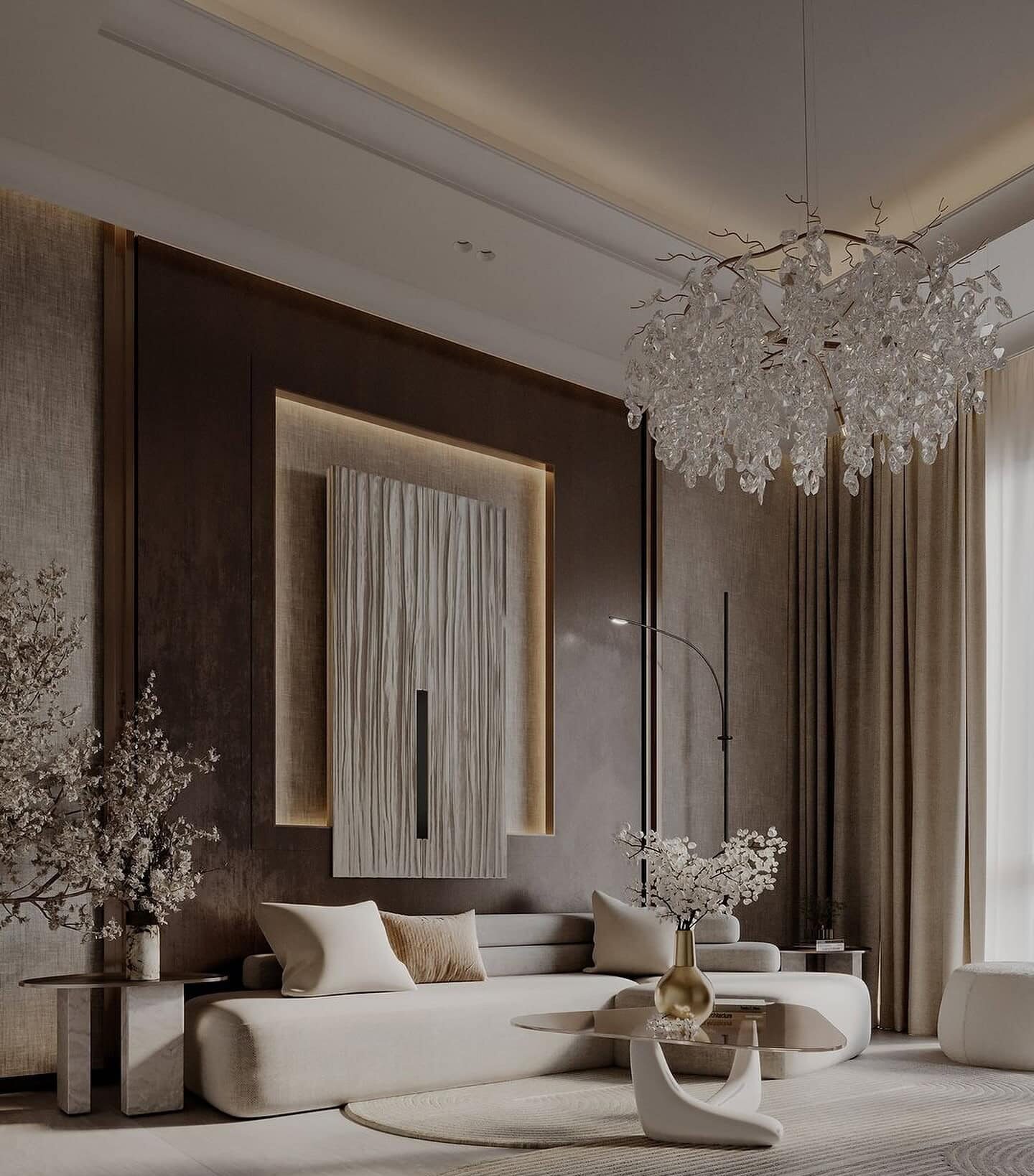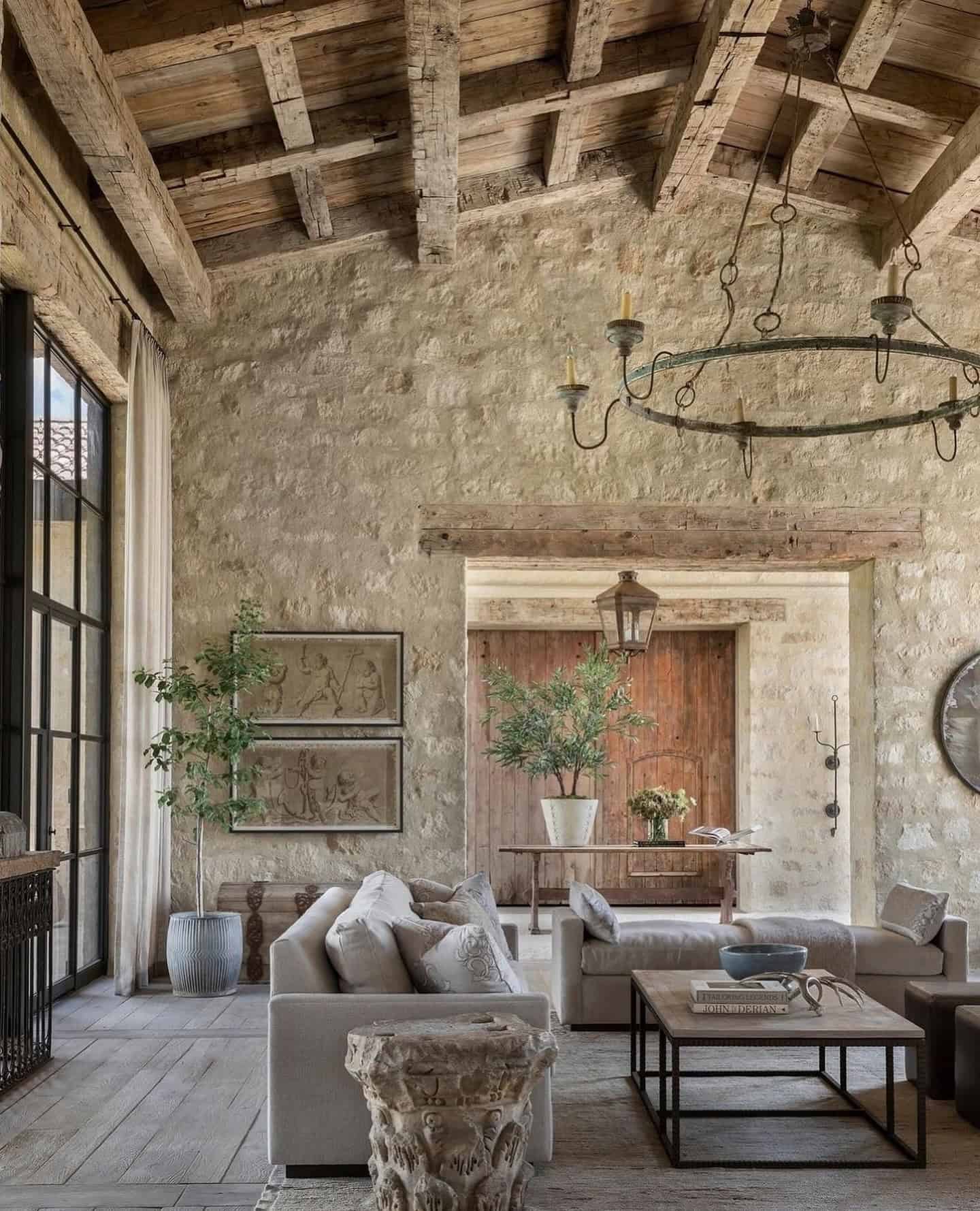Cohesive and balanced interior design takes some knowledge and a little bit of natural talent. You don’t have to be a professional, but there is some skill involved.
Think of it like painting – the room requires a reasonable amount of color, shape, and sense to really work.
Keep reading to learn more about the 12 common interior design mistakes – and how to fix them!
More often than not, it’s all down to finding the perfect balance.
1. Matching Patterns
Our brains love symmetry and cohesion, and matching your patterns is a great way to achieve both.
However, it’s important to be moderate. Match a little too hard and instead of symmetry you may get uniformity.
That kind of look may easily make your interior appear bland and devoid of any personal touch.
2. Accent Furniture
Accent furniture is there to add some dynamic to the space and to stand out, but it should never overwhelm the rest of the room.
So while you want your accent piece to stand out from the rest in shape or color, it’s important to keep the balance in mind.
3. Creating a Scheme
Whether it’s a color scheme or a set of furniture containing fun shapes, it will work as long as you don’t overwhelm the room.
Again, insisting upon a single shape for every object in the interior will only result in a uniform look.
You want to introduce some breathing room in order for these unique objects to really stand out.
4. Cohesive Shapes
Geometric shapes are all the rage in interior design – but they have to be done right.
The most important thing is to create a pattern. If you’ve got round taborets, build upon them by incorporating a round chandelier and decor.
5. Area Rugs
Area rugs are one of the crucial elements when it comes to an interior layout, however, they can make or break the room.
While an area rug can help define the space, it provides the interior with a soft appeal and is great for the aesthetic, there’s stuff to keep in mind.
The shape and size of the rug are the most important.
Make sure that the shape matches the overall shape of your furniture and its layout. For instance, in the above picture, everything is rounded and the rug is the perfect match.
When it comes to the size, a rug that’s too large will overwhelm the room and one that’s too small will make the whole set-up look cheap. Seek the perfect middle.
6. Accent Wall
The whole point of an accent wall is to add some dynamic to the space and to stand out.
Various colors, patterns, art, and relief are all welcome.
But what makes the accent wall really work are the other elements in the room.
In the above room, the cream couch is the key because it creates the most contrast with the wall, thus making it stand out.
A darker couch would do the very opposite.
7. Combining Rustic And Modern Elements
When you want to combine these opposing elements, it’s important to know which one will dominate the room.
This determines whether you’ll end up with a modern room that contains rustic accents or vice versa.
8. The Triangle Theory
You don’t have to match all the colors in your space. In fact, that’s usually considered a bit boring these days.
Even still, introducing a small mismatch has to be done in a skillful way to truly pop.
Have you heard of the triangle theory?
It stands for arranging the objects you wish to match in the shape of an imaginary triangle. It’s a quick and simple hack for a cohesive interior.
9. Beige Theme
Though beige is still highly popular because of its versatility, the sad beige trend isn’t.
Even if you choose beige as the dominant color in your interior, make sure it’s not bland and monotone.
Introduce small dynamic accents about the room that will disrupt the uniformity and give the interior some warmth and personality.
10. Mismatched Wooden Surfaces
In 2024 we’re more ready than ever to mismatch our wooden surfaces in a fun and stylish way.
The main trick is to make sure that your mismatch actually looks intentional. You may easily do this by arranging the objects in a cohesive way.
The triangle theory may also come in handy here.
11. Layering Patterns
Layering various colorful patterns is fun and dynamic, and can make for the coziest interior ever.
And while the colors and the sizes don’t have to match, there’s one important thing that absolutely has to. The vibe.
If you’re going to, say, match your throw pillows, make sure that all the patterns support a certain aesthetic – geometric, romantic, rustic, floral, etc.
12. Visual Spaciousness
Whether you enjoy a minimalist or maximalist aesthetic, or something in between, your interior requires some breathing room in order to come off as thought-out and stylish.
And even if you’re working with a smaller room, there are tricks you can use to promote the spaciousness – at least apparently.
The first is tall slim-line furniture and the other is the right choice of color.
Slim-line furniture creates the illusion of spaciousness because it’s elevated and takes virtually no floor space.
On the other hand, the right choice of furniture color depends upon the backdrop. If the backdrop is bright, then bright furniture will create the desired illusion of empty space.
The same goes for a dark backdrop. Think of it as the very opposite of creating contrast. You want to go for the wholly blended look.













